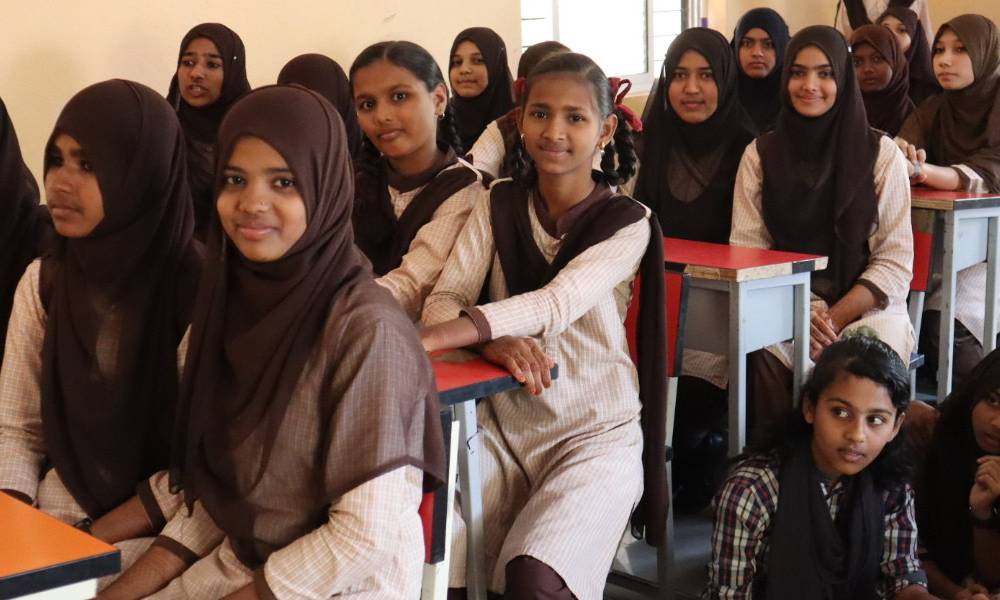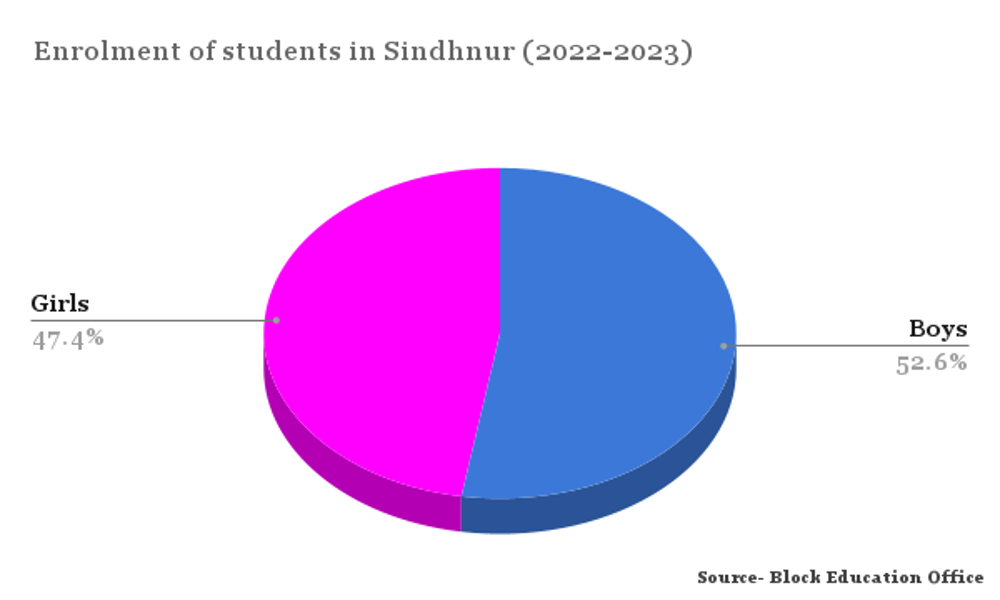Girls in Sindhnur face significant challenges for pursuing higher education, other than forceful marriages, field laboring, social stigma in castes, economic crisis and lack of educational institutes are some of the factors.
As the dawn breaks over the horizon, a girl named Narseema wakes up quietly to get ready by not waking up others in the house. Her house is a small room shared by eight to nine people including her. As her house is just 120 square feet, it has no proper ventilation, no proper source of light, and is crowded by her family members. All these efforts taken by the 22-year-old are not for attending college or for studying, it is for her to cook meals for her husband and her in-law family members. Further, she engages herself in household chores and running a few everyday errands.
Narseema is not the only girl who has engaged herself in all these things, there are a majority of girls in Sindhnur who had to forcefully drop their education for reasons such as working as field laborers and earning for survival for their family, the social stigma of not educating girls, underprivileged caste backgrounds, economic instability of parents, forceful marriages.
Narseema, a 22-year-old, residing at the Mehboob colony of the Sindhnur taluk has been married for the last five years now. She was born in Maski and was brought up in the same taluk. While pursuing her pre-university education in the science field she always dreamt of studying nursing for battling her family’s economic condition and for serving patients. Just after taking her second-year pre-university board examination; she was forced to drop her education and was asked to get married.
The last survey of the education dropout rate of girls was conducted in 2022, it stated that girls’ dropout rate in the lower primary is 0.07 percent, besides the 0.44 percent rate in higher primary schools. The objective of the survey was to find out the rate and also to understand the reasons for dropping out of students. While the girl dropout remains constant, boys are also reportedly dropping out of school. Apparently, after this, no survey was specifically made to keep an eye on the dropout rate.
Karnataka has been recorded to be among the five states across India with a high dropout rate in education, specifically in secondary education (classes 9 and 10). With 14.7 percent being the recent dropout rate, it is higher than the national average which is 12.6 percent. The state has not yet identified the dropout rate of students in the age group of 16-19 which is for the Pre-university College (PUC).
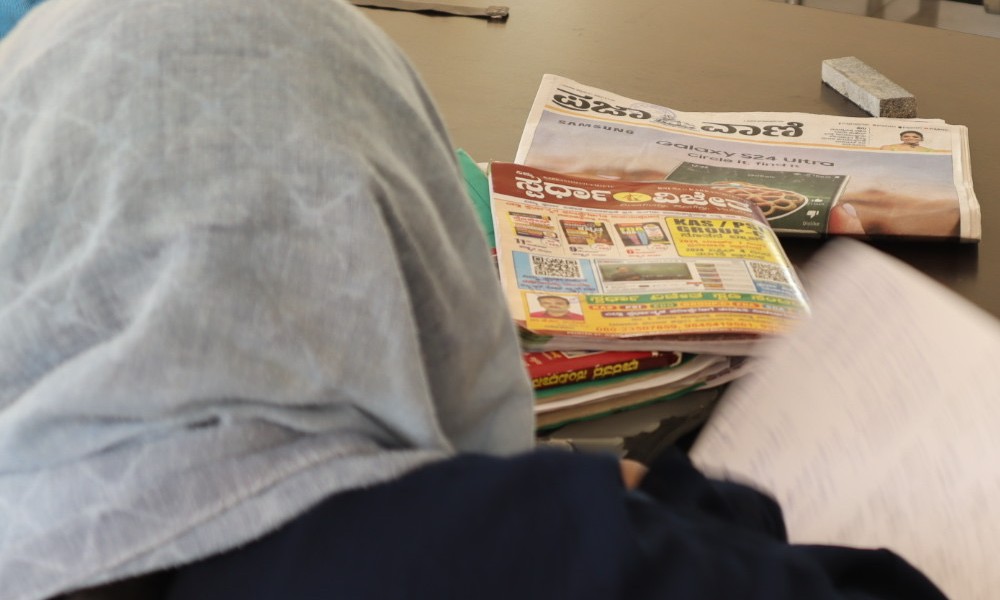
Janakalyan, a Non-governmental organization (NGO) closely working on the problems of people in Sindhnur, managed by Prasen Rapten as the head of the NGO said that the taluk’s population by census is reported to be one of the backward taluk in the Raichur district. “As there is a majority consisting of Scheduled Caste (SC) and Scheduled Tribe (ST) people and also Muslim communities there are these certain pre-notions settled in them, which are difficult to clear and hence, these issue leads to lack of education amongst girl resulting in female literacy to be less compared to male literacy,” he added.
In a research study conducted by Karnataka University to understand the educational disparities across the Dalits in Karnataka, it was determined that 35 percent of the SC population and 38 percent of the ST population are still illiterate. It was reported that the literacy rates of Dalits are far behind the benchmark goal of 85 percent by the Planning Commission. Female SCs and STs are quite worse off when compared to male SCs and STs.
As per the census, Sindhnur taluk holds literacy rate of 62.45 percent.

Rapten said, “Apart from the economic crisis faced by the people of Sindhnur and the social stigma that has been stuck in people’s minds about not educating girls after a specific age; early marriage has been prevalent.” It is especially seen in the Bengali camps in Sindhnur, where girls are married by the age of 15, he added.
As per a recent report, 23.3 percent of girls in India, are married even before reaching the age of 18, and five percent are married before they reach the age of 15. India has the highest rate of child marriages as compared to the rest of the world. Girls’ education is considered to be not so important because they are rarely considered to be the breadwinners of the family. The report also states that the reason for child marriage is driven by gender inequality and the belief that girls are somehow inferior to boys. The patriarchal social norms consider that married women and girls belong to their husband’s families and women are generally seen as an economic burden to their families, states the report.
Narseema expressed that her father told her that she could continue studying further only on her husband’s and her in-law’s choice. Little did she know that her dream of pursuing nursing would just be a dream to achieve. Sindhnur is one of the taluks in rural Karnataka that faces significant challenges for girls’ education. However, marriage is one of the most prevalent causes of dropout many girls are still witnessing the situation.
Resham, a teenager residing in the Mehboob colony said, “I am in my second year PU now and my exams will be starting from the end of February, as soon as my exams end within a month my parents will get me married and I’ll be sent off by dropping my studies.”
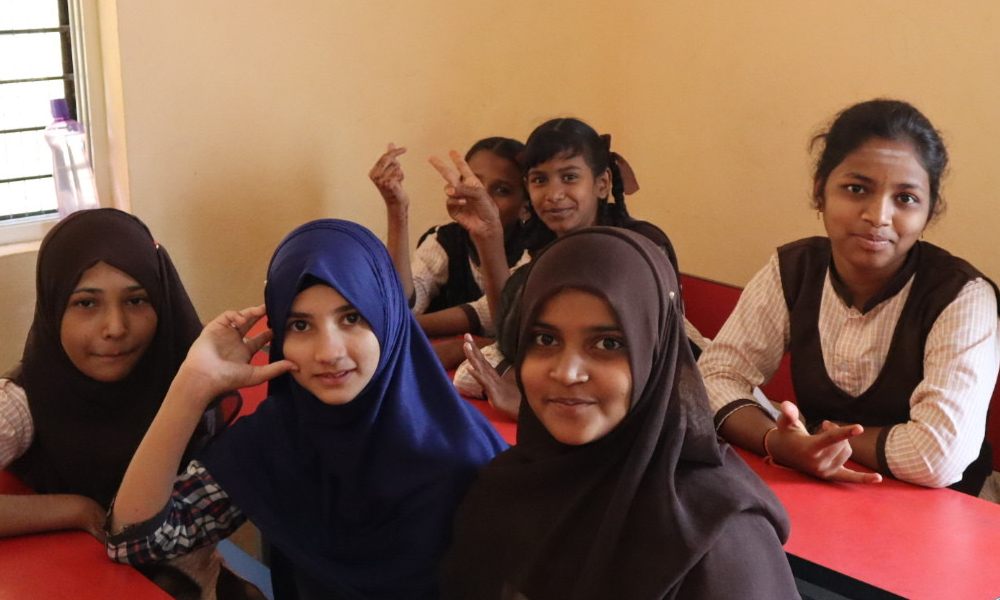
Laxamma, the teen’s mother said that Resham is 18 now and they are fine by getting her married now. “We let her study till college and we have been paying her fees till now, but her father and elder brother don’t seem to be happy with teaching her further, also it is in our community to marry the girl as she completes her teenage.”
She added that their financial conditions are one of the reasons.
Although marriage is one of the affecting factors of dropout, the lack of educational institutes in the small villages of Sindhnur is another factor. While students have to travel for an hour or two to their schools and colleges not all parents in the taluk are ready to send their children far from their boundary of village.
Tasleem, a student of class 10 said that she has to travel from Udbal to the city as there are no secondary schools in her village. “Every day I take a bus at six in the morning, which sometimes is on time and sometimes never passes by from the village. The frequency of the bus passing through my village is not definite, either I have to wait for the bus or I have to hitch-hike some ride which can drop me in the city.”
Kareema Begum, mother of Tasleem said that it is the last year for Tasleem to study and as soon as her exam ends, Tasleem’s father wants her to work with her mother in the rice field. Every day her mother and a few ladies from Udbal go to Maski to work on rice farms that are owned by local politicians, and that has been the primary source of income for them as the teen’s father works as a laborer in some different district in Karnataka.
Lingana Gouda, Child development officer of the Sindhnur taluk said that due to the lack of importance of education, most of the families in the taluk are contributing to girls being pulled out of school, but the schools are promoting awareness and organizing various campaigns, and workshops to educate parents and communities about the importance, but these efforts are not fulfilling the need for girl’s dropout. We are also making an effort to make them understand how economically and socially beneficial it can be by educating girls as well as trying our best to debunk the myths and social stigmas that have been sticking around in their mentality.
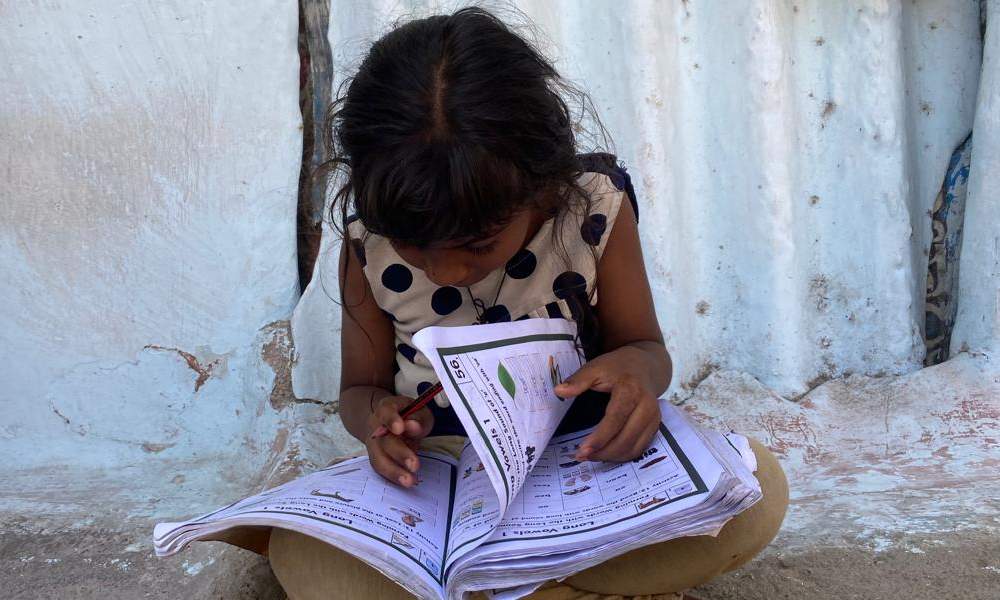
The Government of Karnataka’s education department has started the scheme of breakfast and midday meals for the students by withholding the impact of more students to be attending schools and for the parents to send their children to school so that they don’t have to look after their meals.
“In the scheme, we provide all the government schools with breakfast consisting of millet and milk and midday meals including rice, dal, and eggs,” he added.
The data provided by the Block Education Office (BEO) and Block Resource Centre (BRC), states that there are a few numbers of government schools of class 7 to 10 in comparison with private schools. And approximately the data provided for colleges states that there are a total of nine government PU colleges, two aided PU, and 33 private PU colleges in the Sindhnur taluk.
The CDPO also added that as many schools in the rural part of Sindhnur which comes under the Vallaballary stretch lack basic infrastructure such as proper classrooms, toilets, clean water for drinking- and cooking food, and the adequacy of teaching materials the department has been planning for taking measures for improving the facilities for students. Also, as there is a lack of teachers, the student-teacher ratio is very low in the taluk; most of the schools in the taluk don’t have even one female teacher which might be the reason for the girls’ disengagement from school as not all parents are understanding and comfortable by male teachers.
“We are also trying our best to take training programs for the school teachers and making the curriculum easier and more fun to understand for the students by using different learning techniques,” he added.
Faizaan, a teacher at a Secondary school in Sindhnur said, “Including me, there are only five male teachers in the school and in the last few years that I have been working I have hardly seen any female teachers teaching students.”
Basavaraj M, principal of the same school said that for the last few years, the school has been approaching the Block Resource Centre (BRC) for the need for female teachers in the school but has got no response and from the last few years no recruitment of female teachers has been done.
Naseem, a professor at the Fathima Minority Girl’s College said that there are very few female teachers in the taluk itself, due to the lack of higher education in females. She added that except her there is only one more female faculty teaches in their Girl’s college.
A research study by Education for All India stated that the reasons for girls dropping out in India include poverty, lack of access to quality education, inadequate schools and infrastructure, resources, social and cultural norms, child labor, early marriage, and even gender inequality.
Prashantha, a gender study professor at Bangalore University said that to address this issue of an increase in girl’s education dropouts, the government has to come up with initiatives that can provide financial support and incentives for families so that the parents can send their children to schools, quality of education should be improved with building good school infrastructure and by promoting gender equality and awareness of the importance of education in rural India.
Karnataka government introduced many schemes for education specifically for girls education as well, but it is the responsibility of the department’s head or CDPO or the Education department to look after, how the implemented schemes have been working in people, this ignorance has resulted in the scheme not being reached till the people.
Some of the efforts that are being made by the government are by imposing rights and organizations such as Right to Education which makes a fundamental right for children to mandate education till 14 years old, but pushing the students to pursue higher education should also be mandated. A program like Rashtriya Madhayamik Shiksha Abhiyan (RMSA) and their schools should be promoted for accessible secondary school education. However, most importantly in this digital age, the most important initiative should be to provide digital tools for attracting more students.
Arun Desai, tehsildar of the taluk said, “The department is planning to invest in the concept of ‘Viveka’ classrooms where the students can learn with the help of technology and to build in more computer labs. Until now 20 models have been installed in a few schools, and we have received a good response from the students. This has also helped us in understanding that a greater number of female students are interested in learning new things.”
Prashantha further explained the impact of girl education dropout stating that it not only affects an individual girl’s future but it also affects her family, community, and society. It can hurt economic background, empowerment, and gender inequality.

